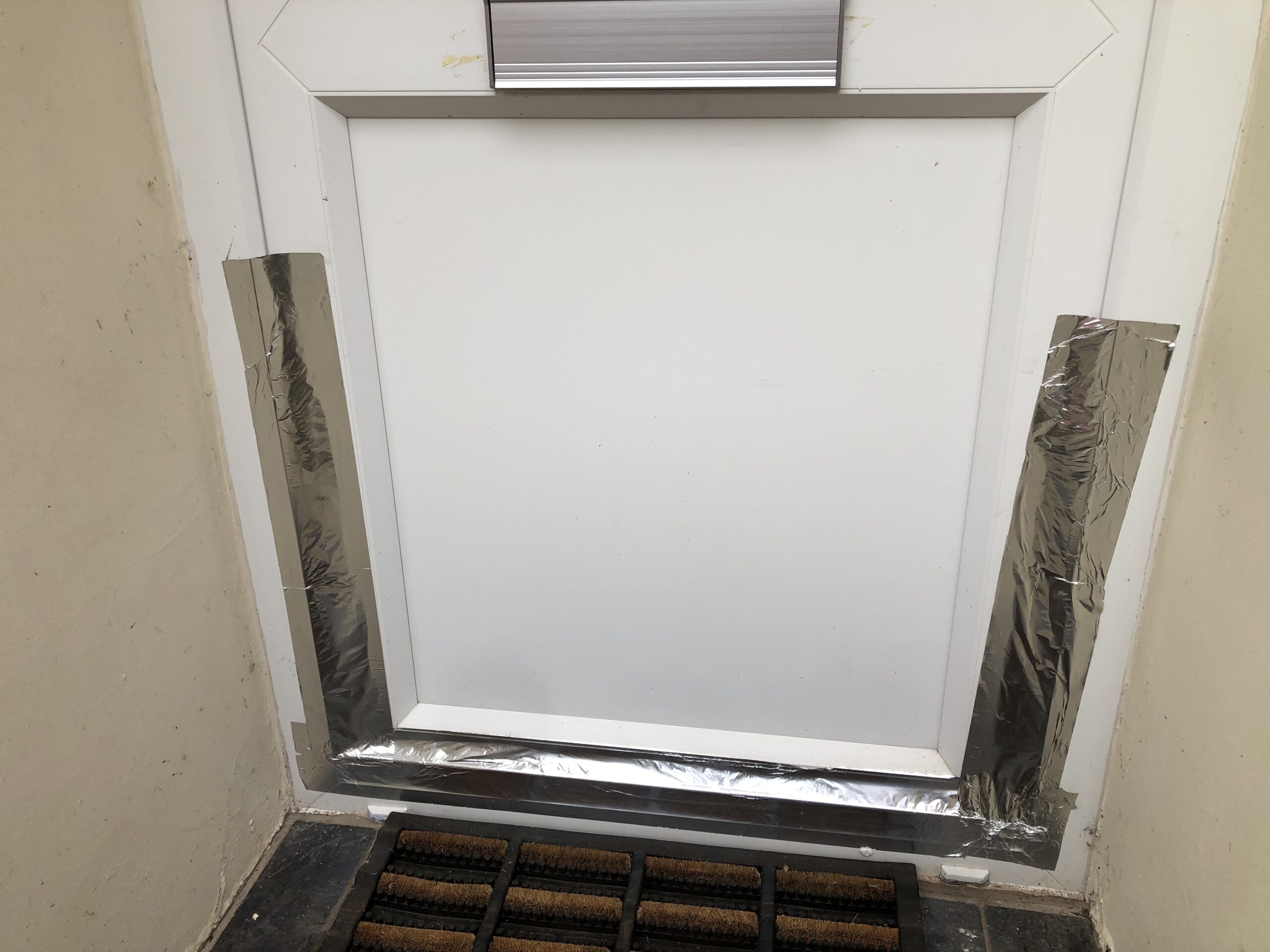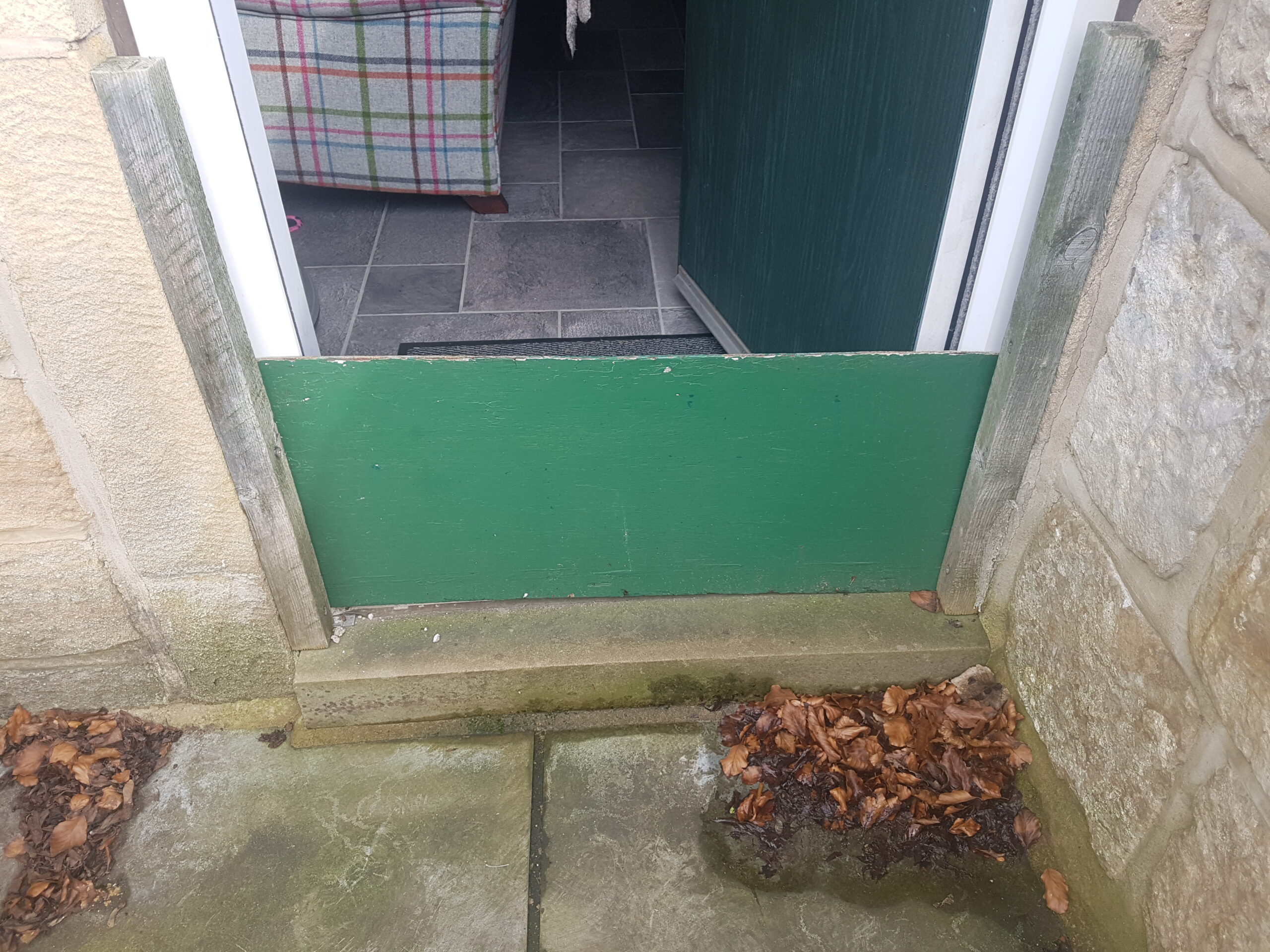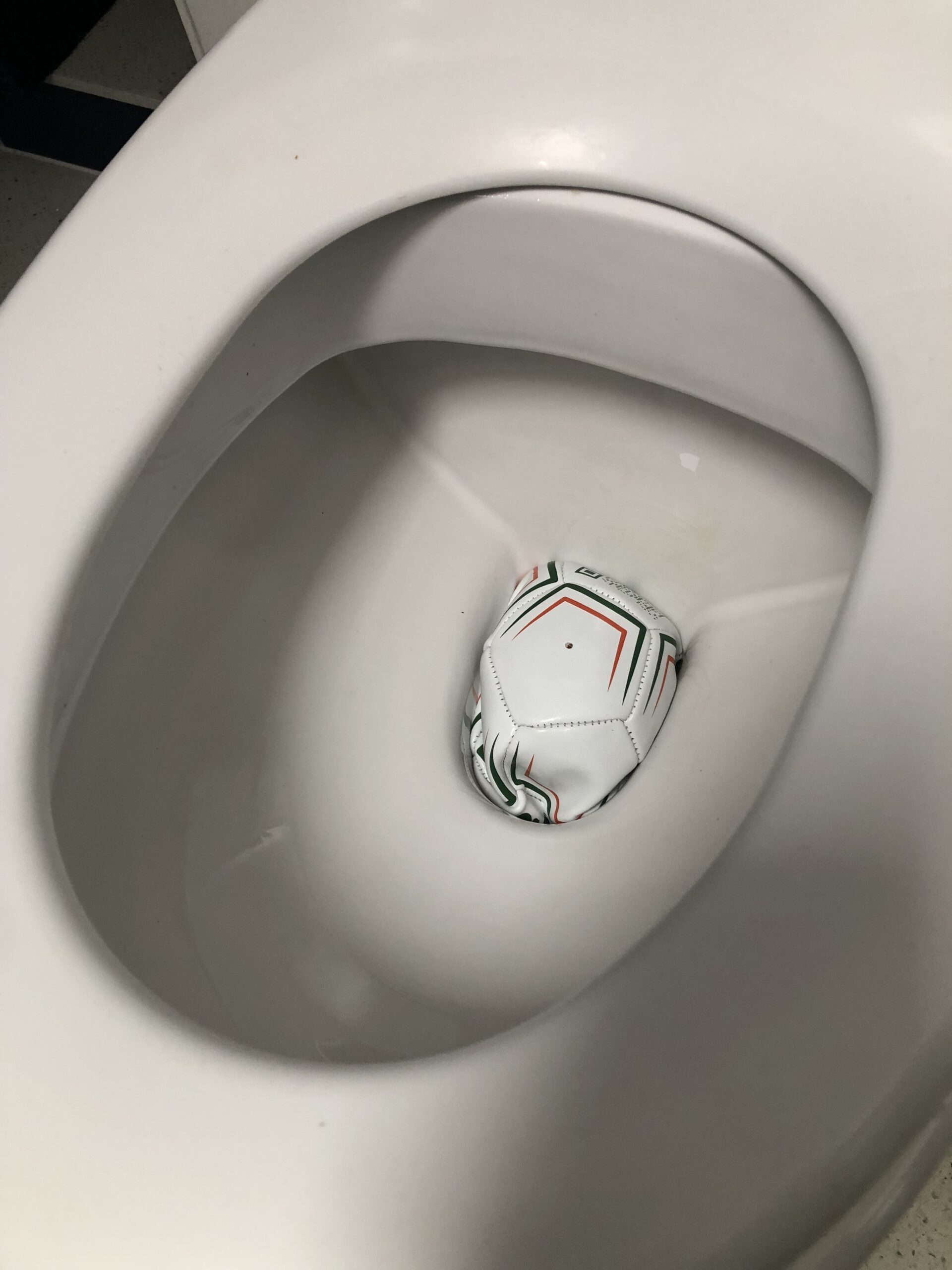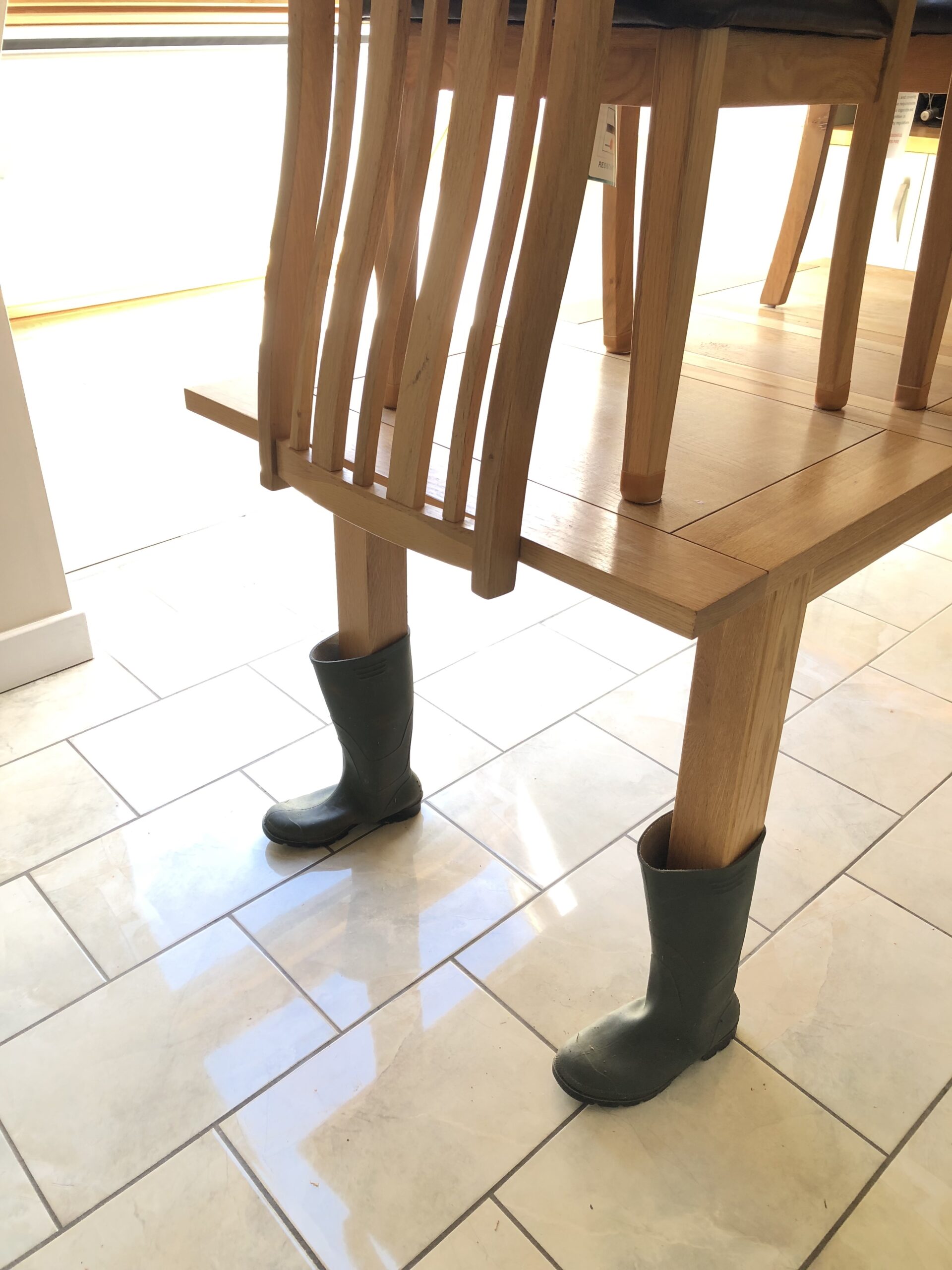How to prepare the concrete slab before putting the tiles on top
To help a flooded property recovery after a flood, many people are advised to put in a solid concrete floor and to install ceramic tiles on top using waterproof tiles and adhesive.
The following suggestions won’t be as good as certified barriers, but they will help reduce the amount of flood water that will get into your home.
Firstly, it’s important that if you get flooded from a river, you have signed up for a Free Environment Agency flood warning, then when you receive it, you can get going! https://www.gov.uk/sign-up-for-flood-warnings
If you are at risk of surface water flooding, do listen to weather warnings/local radio if it starts raining extremely hard. You’ll have to act quickly, so it is really important that have written a flood plan. Know what you want to move out of harms way first. Don’t forget your car. You don’t want a flooded house and a flooded car!
If you have airbricks fit wide aluminium tape over them. One large roll will cover many airbricks. It can be bought online if needed. I have recently tested this in a flood simulation tank and not a drop came through!

For any external doors, put wide waterproof aluminium tape up to about .6 metre up the doors and along the bottom of the door (if it does start to leak, leave it in place, it will be holding back a huge volume of water!) and/or using the aluminium tape, fix a large piece of plastic over the door and weigh that down. You can also cut a large piece of wood to size and using silicone sealant that ‘goes off ‘very quickly, you could fit this over the door openings (you’ll need some solvent to remove it afterwards). This will need cutting to size in advance of any flood. You can also make wooden slots to slot the wood into and then seal it. This will need advance preparation and have where its stored written into your plan.


If you can invest in some large absorbent cushions (they are a bit like babies’ nappies for giants!) they will help soak up any water that does come through the gaffer tape. You may be able to share the cost of a box with neighbours. They are also useful for soaking up water after the flood, as each one can absorb up to twenty litres of water.
If you have a small child’s deflated football, push that down the loo, it will help to stop any sewage coming through the drains. Failing that, fill a couple of heavy-duty rubble sacks doubled up for strength, with soil and push that down the loo. Shut the lid and use the gaffer tape to hold the lid down. Also put the gaffer tape over any downstairs shower drain, if you have one and then put something heavy on top of it.

It’s always good to have a collection of lidded plastic boxes ready to store things in and take them upstairs.
If you live in a bungalow, use the boxes and see if a friend or relative can look after your sentimental belongings for you. (Add that to your flood plan.) Also store things on higher shelves and on top of wardrobes.
Fold your curtains over the curtain track or tie them in a big knot.
You can put four large wellington boots on the legs of your kitchen table and put the contents of your kitchen cupboards on there. (Big flower vases, plastic litter bins and even cutoff 6-pint plastic milk bottles will do the job. You can use this method for anything with legs.)

If you have any decorating trestle tables, put your sofa up on those and chairs on top.
Put bricks in plastic bags and lift furniture up onto them. If you are alone, use a plank of wood under the piece for future to help lift it up. For lighter furniture, plastic litter bins should do.
Whilst all this may sound like an awful lot of hard work, it is time and effort well spend. The average person is out of their home for around nine months after being flooded. Taking moves to reduce the amount of flood water that can get in and moving as much of your hard earnt and sentimental belongings out of harms way, can really make a huge difference.
This blog has been written for the RAIN project (Resilience and Innovation Northants) https://rainnorthants.co.uk/

Copyright 2024, Mary Long-Dhonau